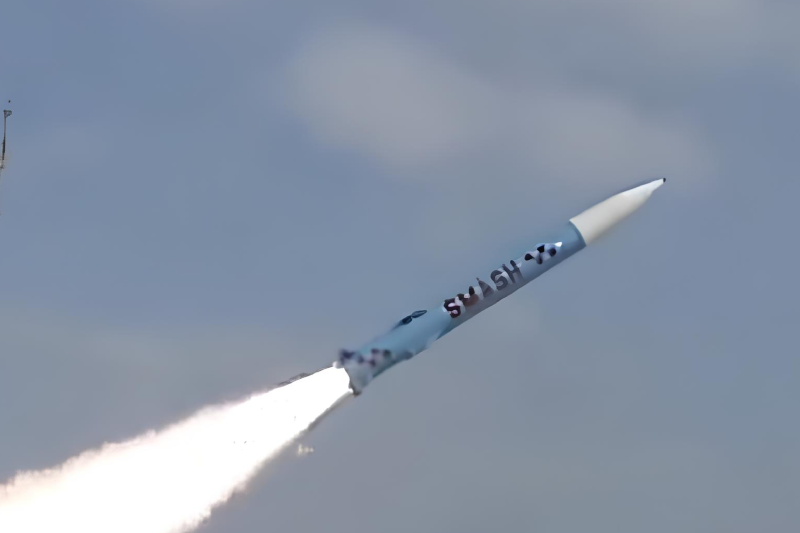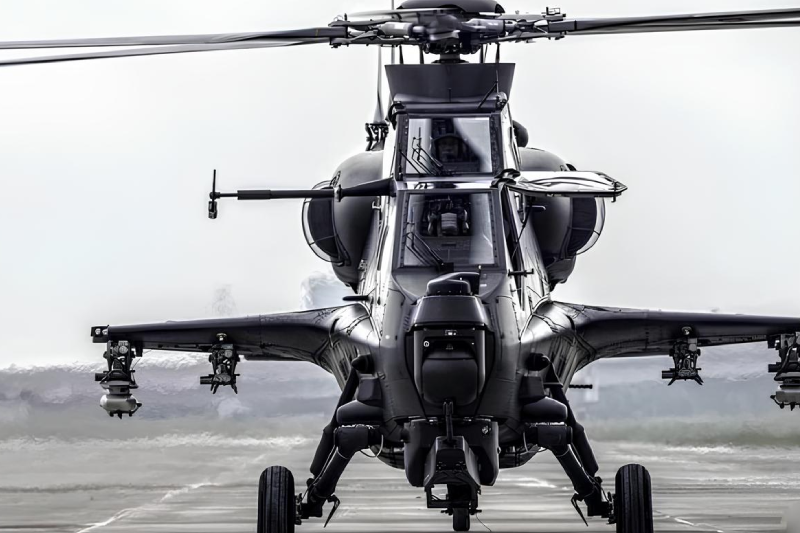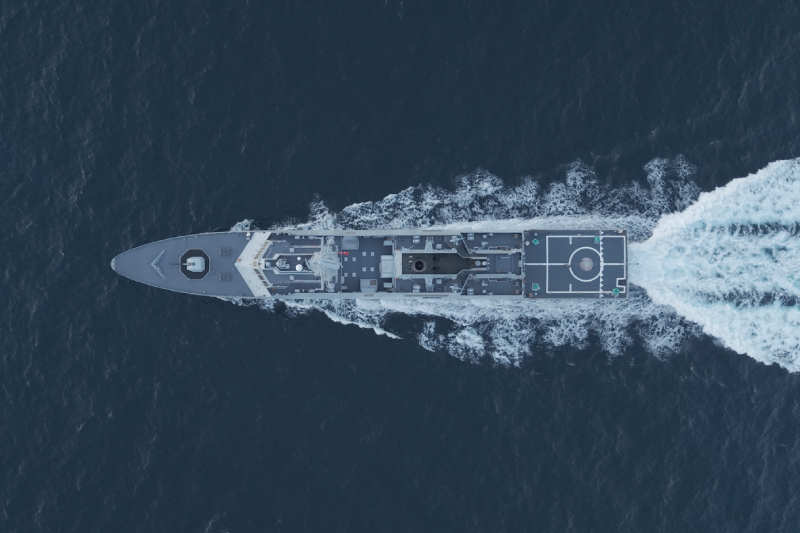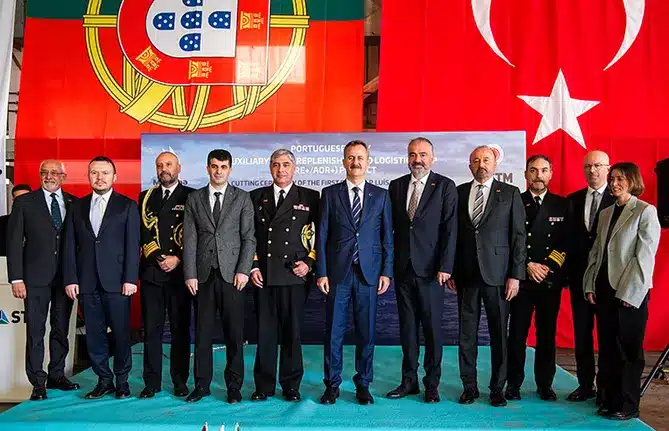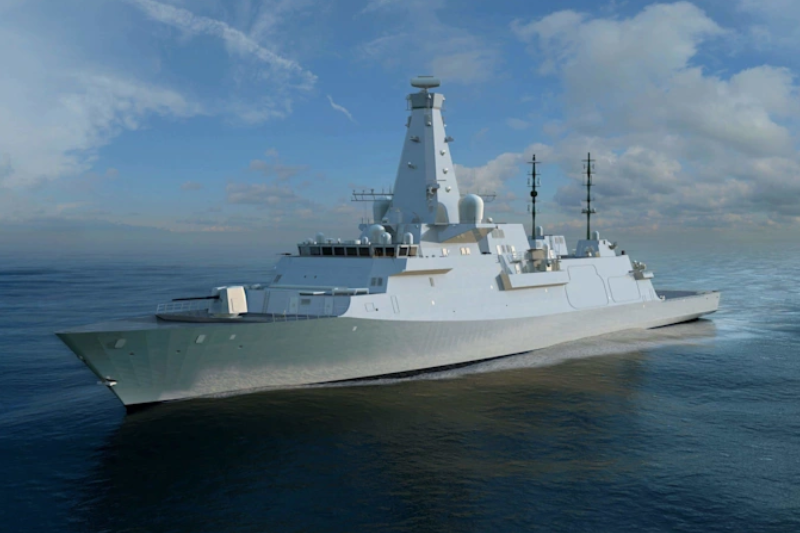Norway Selects BAE Systems For Multi-Billion Frigate Deal
Norway has officially chosen the United Kingdom as its strategic partner for acquiring new frigates in a major frigate order worth approximately 10 billion pounds ($13.51 billion), representing the largest defense procurement in Norwegian history. This groundbreaking major frigate order demonstrates Norway’s commitment to bolstering maritime defense capabilities while establishing a comprehensive partnership with Britain that will reshape naval operations in northern European waters and strengthen NATO’s collective defense posture.
Norway’s decision followed an intensive competition involving frigate designs from Germany, France, the United Kingdom, and the United States, with each nation presenting advanced naval platforms. The competitive process ensured Norway evaluated the best available options while considering technical capabilities, cost-effectiveness, and strategic partnership benefits. BAE Systems’ T-26 City-class frigates ultimately prevailed due to their superior anti-submarine warfare capabilities and alignment with Norwegian operational requirements.
Norwegian Prime Minister Jonas Gahr Støre emphasized the strategic importance of these frigates during Sunday’s announcement, stating that “the frigates are an essential part of our defense because they are key to defend our sovereignty.” This declaration highlights the critical role maritime platforms play in protecting Norwegian territorial waters and maintaining national independence. The Prime Minister’s emphasis reflects growing security concerns in the Arctic region.
Norway serves as NATO’s monitor for the vast 2 million square kilometers (772,000 square miles) area of the North Atlantic utilized by Russia’s northern fleet nuclear submarines. This enormous responsibility requires sophisticated maritime platforms capable of sustained operations in harsh Arctic conditions. The new frigates will significantly enhance Norway’s ability to fulfill this critical alliance responsibility while maintaining continuous surveillance of strategic waterways.
A primary mission for the new frigates involves monitoring Russian submarines operating from their base on the Kola Peninsula, an Arctic region bordering Norway. This strategic location provides Russia with direct access to Atlantic shipping lanes and NATO maritime operations areas. The enhanced frigate capabilities will enable more effective tracking and deterrence of Russian submarine activities in these strategically vital waters.
British Prime Minister Keir Starmer welcomed the £10 billion deal, emphasizing its significance for UK-Norway defense cooperation and broader European security. The agreement represents one of the largest defense export contracts in British history, validating the effectiveness of UK maritime technology and manufacturing capabilities. Starmer’s endorsement reflects the deal’s importance for strengthening Anglo-Norwegian strategic relationships.
The agreement will ultimately create a combined fleet of 13 anti-submarine warfare frigates, comprising eight British vessels and at least five Norwegian platforms operating jointly in northern European waters. This integrated approach maximizes operational effectiveness while reducing individual nation costs through shared capabilities and coordinated operations. The combined fleet concept represents innovative approaches to alliance burden-sharing and capability development.
The contract will support approximately 4,000 jobs across the United Kingdom, including more than 2,000 positions in Scotland’s shipbuilding industry. British officials actively promoted economies of scale for their own navy while boosting Scotland’s maritime manufacturing sector through this international partnership. The economic benefits extend throughout the UK’s defense industrial base, supporting skilled manufacturing employment and technological development.
British officials heavily promoted BAE Systems’ T-26 City-class frigates throughout the competition, emphasizing their advanced anti-submarine warfare capabilities and proven design excellence. These sophisticated platforms incorporate cutting-edge sonar systems, advanced weaponry, and state-of-the-art command and control capabilities optimized for modern naval operations. The T-26 design represents the pinnacle of contemporary frigate technology.
Norway’s decision occurs within the broader context of increased defense spending following Russia’s invasion of Ukraine and US President Donald Trump’s demands for enhanced NATO ally military contributions. The Nordic nation shares a direct border with Russia, making robust maritime defense capabilities essential for national security. The timing reflects growing regional tensions and the need for enhanced deterrence capabilities.
The draft agreement guarantees industrial cooperation with Norwegian industry equivalent to the total acquisition value, ensuring substantial economic benefits for Norway’s defense sector. This arrangement provides Norwegian companies with opportunities to participate in frigate production while developing advanced maritime technology capabilities. The industrial cooperation creates long-term partnership benefits beyond the initial procurement contract.
Norway currently operates four frigates for its maritime defense needs, making this acquisition a substantial fleet expansion that will significantly enhance naval capabilities. The nation previously indicated plans to order five frigates with options for an additional vessel, providing flexibility for future capability requirements. This expansion represents the largest naval procurement in Norwegian history.
Prime Minister Støre confirmed this represents “the biggest purchase to date” for Norwegian defense procurement, with final contract negotiations now underway. The historic scale of this acquisition reflects Norway’s serious commitment to maritime defense modernization and strategic partnership development. The substantial investment demonstrates how Arctic nations are prioritizing naval capabilities amid changing security environments.
The T-26 frigates feature world-class anti-submarine warfare systems specifically designed for operations in challenging northern waters where Russian submarine activity poses ongoing concerns. These capabilities include advanced sonar arrays, sophisticated acoustic processing systems, and integrated weapons platforms optimized for submarine detection and engagement. The anti-submarine focus directly addresses Norway’s primary maritime security concerns.
Also read this: Rheinmetall Unveils Air-to-Air Missile For Drone self Defense
This procurement enhances NATO’s collective maritime defense capabilities while ensuring seamless interoperability between Norwegian and British naval forces. The standardized platform approach facilitates joint operations, shared training programs, and coordinated maintenance procedures. The partnership strengthens alliance cohesion while improving operational effectiveness across northern European maritime domains.
Beyond immediate frigate procurement, this agreement establishes framework for long-term UK-Norway defense cooperation across multiple domains. The partnership creates opportunities for technology sharing, joint development programs, and coordinated strategic planning. This comprehensive approach ensures sustained cooperation that extends well beyond initial platform delivery timelines.
The enhanced frigate capabilities contribute significantly to Arctic security and regional stability by providing credible deterrence against potential maritime aggression. Norway’s improved naval capabilities reassure alliance partners while demonstrating commitment to collective defense responsibilities. The strategic impact extends throughout the North Atlantic region, enhancing overall security architecture and deterrence effectiveness.
Keep connected with us at Facebook, Twitter, YouTube, Instagram & TikTok for latest defense happening around the globe.
Discover more from International Defence Analysis
Subscribe to get the latest posts sent to your email.






